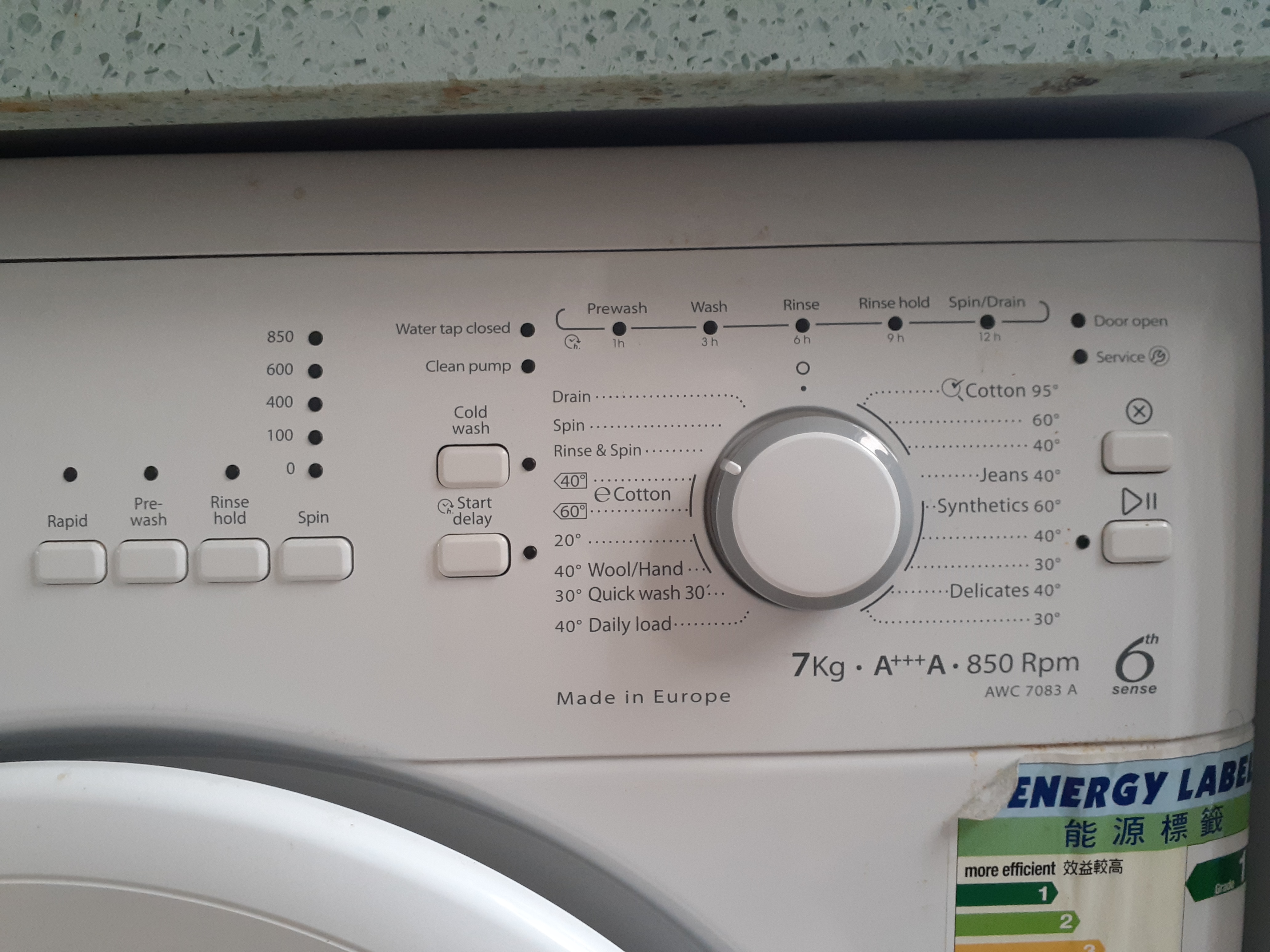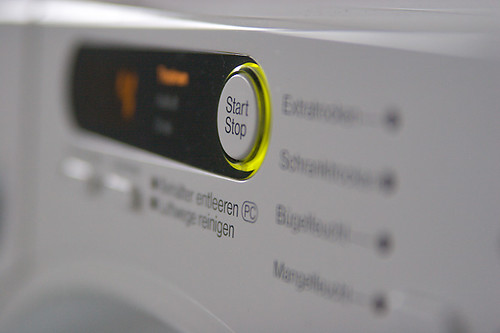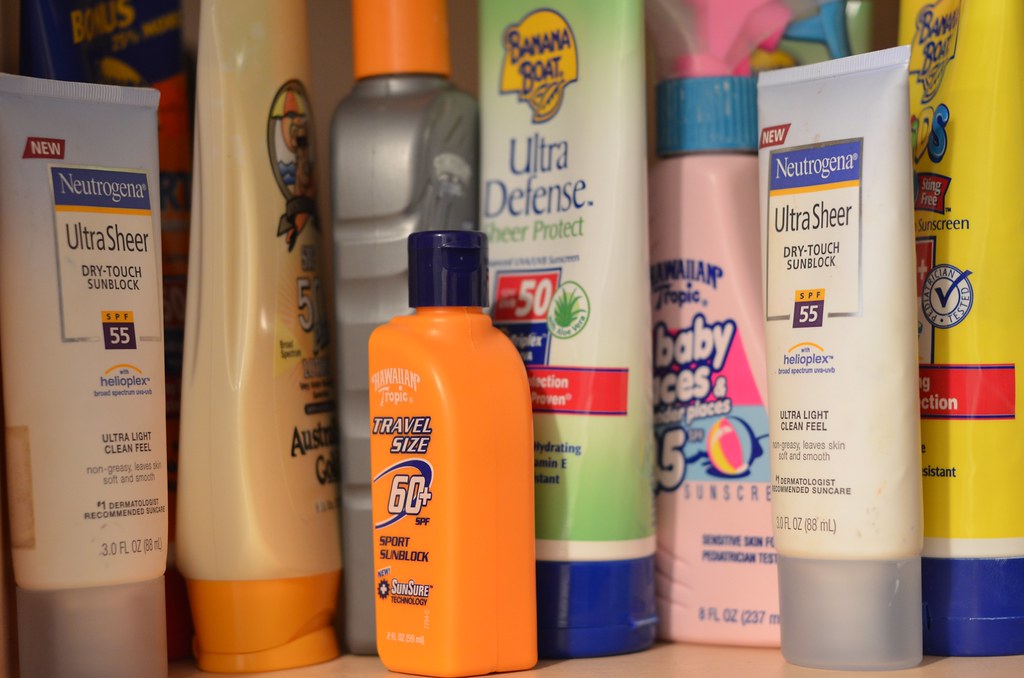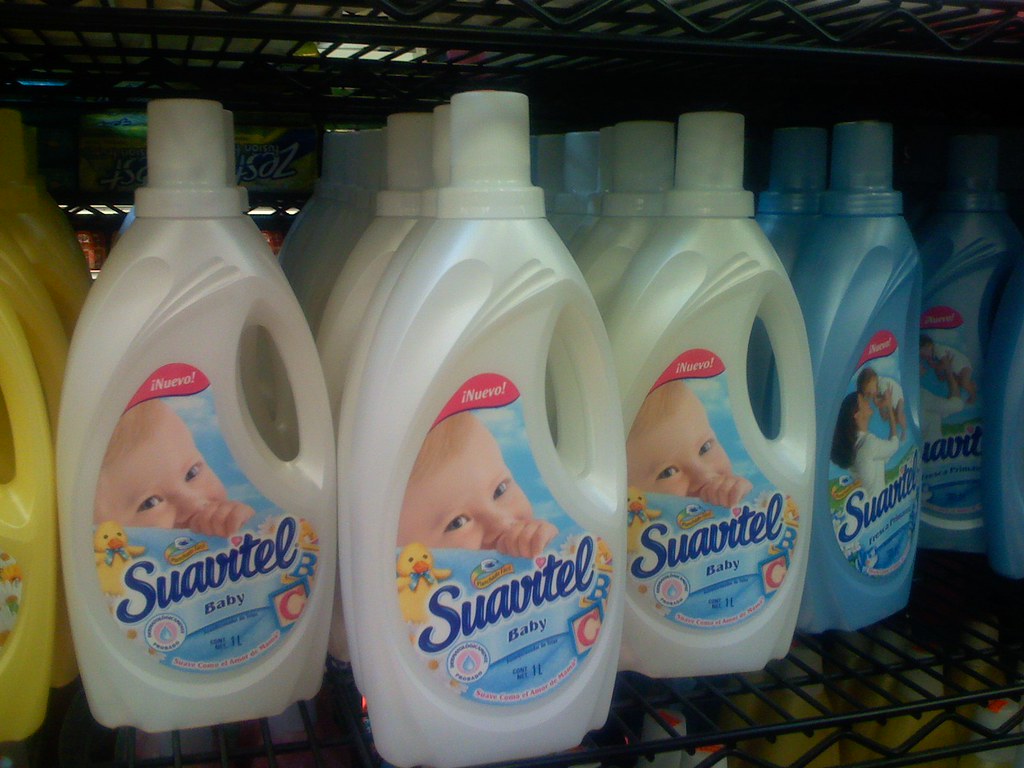
Your swimwear is more than just a beach essential; it’s a vibrant expression of your personal style and an investment in your summer comfort. Whether you’re confidently rocking a trendy bikini or embracing the timeless elegance of a chic one-piece, proper care is absolutely crucial for maintaining its shape, preserving its color, and ensuring its durability through countless sunny adventures. Without the right approach, even the most cherished pieces can quickly succumb to fading, stretching, and loss of elasticity, diminishing their appeal and lifespan long before their time.
The good news is that extending the life of your favorite swimwear doesn’t require complex rituals or expensive products. With just a few simple, actionable steps, you can keep your bikinis looking fresh and feeling fabulous for many seasons to come. This comprehensive guide, crafted with the practical wisdom and trusted advice you expect, will walk you through the essential practices that safeguard your swimwear’s quality. We believe that by understanding the small efforts that yield significant results, you can confidently invest in pieces that truly stand the test of time, allowing you to enjoy every moment by the water without a second thought about your swimsuit’s condition.
We’ve gathered expert-backed strategies to help you navigate everything from post-swim rinsing to smart storage solutions, ensuring that your swimwear retains its vibrancy and structural integrity. By incorporating these straightforward tips into your routine, you’ll not only protect your investment but also embrace a more sustainable approach to your summer wardrobe. Let’s dive into the first half of our essential tips to keep your bikinis in top condition, ready for every splash and sun-drenched day.

1. **Rinse Immediately After Every Use**
One of the simplest yet most profoundly effective ways to safeguard your bikini and significantly extend its life is to rinse it thoroughly with cool, clean water immediately after each wear. The elements your swimwear encounters—chlorine from pools, salt from the ocean, body residue, and chemicals from sunscreens—are highly corrosive and can inflict serious damage on delicate fabrics like Lycra Spandex if left to linger. These substances actively work to break down the elastic fibers, leading to a noticeable loss of stretch, color fading, and premature degradation of the material.
The urgency of this step cannot be overstated. As Strange Bikinis explains: “A rinse with cold, clean water can remove much of the chemicals, chlorine, salt, and body residue left on your suit. Rinsing will also prevent your suit from developing a funky smell, which frequently happens if you just take off your suit and throw it in a hamper for a later wash.” [4] This immediate action helps to neutralize and wash away the harmful agents before they have a chance to settle deep into the fabric fibers and begin their destructive work. It’s a quick habit that provides immense protection for your cherished swimwear.
To implement this tip effectively, simply take your bikini with you into your post-swim shower. Use cool water to flush out all traces of chlorine, saltwater, and any body oils or sunscreen. Avoid the temptation to wring out your swimsuit vigorously, as this can stretch the delicate fibers; instead, gently squeeze the fabric to remove excess water. Additionally, the context suggests that rinsing your suit *before* entering a hot tub can reduce chlorine absorption, offering an extra layer of defense against potential damage. This initial rinse is the first line of defense in maintaining your bikini’s pristine condition.
Read more about: Buyer Alert: 12 Luxury Cars Turn Into Repair Nightmares After Hitting 60000 Miles

2. **Hand Wash with Mild Detergent (No Machine Washing)**
While the convenience of tossing your bikini into the washing machine might be appealing, it’s a practice that swimwear experts universally advise against. Machine washing, even on a ‘gentle’ cycle, is simply too harsh for the delicate fabrics and intricate construction of most bikinis. The aggressive agitation, combined with powerful detergents, can inflict irreversible damage, causing the fabric to lose its elasticity, stretch out of shape, and ultimately shorten its lifespan dramatically.
Many sources emphasize this critical point, with Kingdom and State advising: “Avoid putting your suit in the washing machine – even on gentle – to prevent the elastics from tugging and stretching.” [2] The internal mechanisms of a washing machine can lead to several common issues that compromise your bikini’s integrity, including damage to delicate linings, stretching or sagging of essential elastic bands, misshapen padding, tangled ties and hardware, and unwanted fabric bunching. These problems not only detract from the aesthetic appeal of your swimwear but also compromise its supportive function and comfortable fit.
For optimal care, hand washing is the safest and most effective method. Begin by filling a clean basin with lukewarm water, then add a small amount of a gentle detergent specifically designed for delicate fabrics or swimwear. It’s important to opt for a detergent that is free of harsh chemicals, as these can strip the fibers and cause colors to fade prematurely. Immerse your bikini, turning it inside out, and allow it to soak for approximately 10 to 20 minutes, giving the detergent time to work on any residues.
After soaking, gently rub any soiled areas, but avoid scrubbing or twisting the fabric harshly. Once clean, rinse your bikini thoroughly with cool water until all traces of detergent are completely gone. This meticulous rinsing is crucial to prevent any detergent residue from damaging the fabric over time. Furthermore, steer clear of fabric softeners, as they can coat the fibers and diminish the fabric’s essential stretch and shape. Hand washing your bikini separately or with similar colors is also a good practice to prevent any potential color bleeding.

3. **Air Dry Flat in the Shade (No Dryers, No Wringing, No Hanging)**
How you dry your bikini is just as vital as how you wash it. The high heat emitted by conventional clothes dryers is a significant enemy of swimwear fabrics. This intense heat can rapidly break down the fabric’s delicate elastic fibers, causing them to lose their stretch and shape, leading to a saggy and ill-fitting garment. Similarly, prolonged exposure to direct sunlight during drying is detrimental, as UV rays can cause vibrant colors to fade quickly and weaken the fabric’s overall integrity.
The correct method for drying involves a gentle, air-drying process in a protected environment. After hand washing and rinsing your bikini, resist the urge to wring or twist it. Wringing can severely stretch and damage the delicate Lycra or crochet fibers, distorting the garment’s original shape. Instead, gently press out the excess water using a clean, absorbent towel. You can lay the bikini flat on the towel, roll the towel up, and press lightly to absorb as much moisture as possible without stressing the fabric.
Once the excess water has been removed, lay your bikini flat on a clean, dry towel to air dry. Critically, ensure this drying takes place in a shaded area, away from direct sunlight. As Kingdom and State advises: “If drying your suit outdoors, lay it flat in the shade. Drying in the sun may cause color fading.” [2] This approach protects the colors from fading and prevents the heat from weakening the fabric’s elasticity, ensuring it maintains its original vibrancy and snug fit.
It’s also important to avoid hanging your swimsuit to dry, particularly for heavier or intricate pieces. The weight of the water can cause the material to stretch and deform if hung from straps or draped over a rod. “Don’t drape it over a shower rod or other pole to dry, because this can deform the shape of the swimsuit. Don’t hang-dry it either. If you do, the water pooling at the bottom can also stretch the fibers.” This guidance applies especially to crochet swimwear, which is prone to stretching when wet. Laying it flat allows the garment to retain its intended design and structure as it dries naturally.

4. **Store Your Bikini Correctly**
The care you extend to your bikini doesn’t end once it’s clean and dry; how you store it when it’s not in use plays a significant role in its long-term preservation. Improper storage can lead to an array of issues, including fabric stretching, unwanted creases, fading, and even the growth of mildew if moisture is present. Thoughtful storage ensures that your swimwear remains in pristine condition, ready for its next outing, and helps to maintain its shape and overall quality for many seasons.
Firstly, it is absolutely essential that your bikini is completely dry before you store it. Storing swimwear when it’s still wet or even damp creates an ideal environment for mildew to flourish, which can lead to unpleasant odors and fabric degradation. Always ensure that the garment has fully air-dried in a cool, shaded spot before putting it away. Once dry, store your bikini in a cool, dry place, away from direct heat sources and sunlight, as these elements can cause damage and fading even when the suit isn’t being worn. Avoid damp or humid environments, such as a bathroom, which are not conducive to long-term fabric health.
When it comes to the physical arrangement of your swimwear, avoid crumpling or stuffing bikinis into tight spaces. Instead, the best practice is to “Lay flat or fold neatly to prevent misshaping.” Folding it neatly helps retain its shape and prevents any unnecessary stretching or tangling, particularly for crochet styles with intricate patterns. Avoid hanging your bikinis on hooks or hangers, as this can stretch out the straps and distort the cups or overall silhouette over time due to gravity and the material’s inherent elasticity.
For those who travel frequently or store swimwear in a bag, consider using a mesh garment bag. This provides a protective barrier against snagging or getting damaged by other items in your luggage or drawer. “If you’re taking your bikini on vacation or storing it in a bag, place it in a mesh garment bag to protect it from snagging or getting damaged.” Conversely, avoid plastic bags, which can trap any residual moisture and impede air circulation, increasing the risk of mildew and fabric deterioration.
Read more about: I’m 52 and Here Are 14 Best Swimsuit Styles for Petite Women

5. **Rotate Between Multiple Bikinis**
For those who frequent the beach or pool, one of the most effective, yet often overlooked, strategies for extending the life of your swimwear is to rotate between several different bikinis. While it might be tempting to wear your absolute favorite piece every time you hit the water, this constant exposure to the elements and repetitive stretching can accelerate wear and tear, leading to a quicker breakdown of the fabric and elastic components.
The concept behind rotation is simple: it gives the elastic fibers in your bikinis a much-needed break. Each time a swimsuit is worn, its fibers are stretched, and it absorbs chemicals, salts, and oils. “Wearing the same bikini repeatedly exposes it to elements like chlorine, saltwater, sunscreen, and body oils more frequently, which can weaken the fabric, cause fading, and reduce elasticity over time.” By allowing a bikini to rest and fully recover its shape and elasticity between uses, you significantly reduce the stress on the material, thereby prolonging its overall lifespan.
Experts often recommend having at least “two or three bikinis on rotation, especially if you’re vacationing or frequently swimming.” This simple habit ensures that no single bikini bears the brunt of constant use. Giving each piece adequate time to dry completely and for its fibers to return to their original, taut state is paramount. This not only preserves the fit and structure but also helps maintain the vibrant colors and intricate designs, especially important for luxury swimwear.
Think of your bikinis like your favorite pair of sneakers; wearing them every single day will inevitably lead to faster deterioration. By cycling through your collection, you distribute the wear evenly across your pieces, ensuring that each bikini maintains its quality, fit, and appearance for many more seasons. This practical approach is a smart investment in your summer wardrobe, allowing you to enjoy your diverse collection for much longer.

6. **Be Mindful of Sunscreen and Body Oils**
Sunscreen is an absolute essential for protecting your skin from harmful UV rays, and rightly so. However, it can also be an unexpected culprit in shortening the life of your swimwear. Many sunscreen formulas, along with body lotions and tanning oils, contain chemicals and emollients that can leave stubborn, greasy stains on your bikini fabric. Beyond the cosmetic issue of discoloration, some of these ingredients can also weaken the fabric fibers over time, contributing to premature wear and tear.
To minimize the potential for damage, a proactive approach is key. Always “Apply sunscreen at least 20 minutes before putting on your swimwear.” This allows the product sufficient time to fully absorb into your skin and dry, significantly reducing the amount of direct contact it has with the bikini fabric. By creating this buffer, you can largely prevent those unsightly greasy marks and the chemical interaction that can degrade your swimsuit’s material.
When choosing sun protection, consider the composition of your products. The context suggests that opting for mineral sunscreens can be a beneficial choice, as they are “often less likely to leave stains and are better for both your skin and your swimwear.” These formulations typically use zinc oxide and titanium dioxide as active ingredients, which tend to be gentler on fabrics compared to some chemical sunscreens. This small change in your product choice can make a noticeable difference in how well your swimwear holds up over time.
Despite best efforts, some transfer of sunscreen or oils to your bikini is almost inevitable. Therefore, it is crucial to “Wash off any residue immediately after wear.” This aligns perfectly with the first tip of rinsing your swimsuit immediately after each use. By promptly cleaning away any sunscreen or body oil traces, you prevent them from setting into the fabric, staining, or weakening the fibers, ensuring your bikini remains vibrant and structurally sound for all your future beach and pool days.
Read more about: Are You Getting Enough of This? The Essential Vitamins Every Woman Over 60 Needs for Optimal Health and Longevity

7. **Avoid Rough Surfaces**
Just as important as how you wash and dry your swimwear is how you wear and protect it from physical damage during use. While lounging by the pool or on the beach is incredibly relaxing, the surfaces you come into contact with can be surprisingly abrasive to delicate bikini fabrics. Rough textures like concrete, splintery wood, or even coarse sand can create friction that leads to unsightly snags, pilling, tears, or premature fabric wear, diminishing the smooth appearance and integrity of your suit.
To safeguard your cherished swimwear from these common culprits, a proactive approach is crucial. Make it a habit to always lay down a soft towel, mat, or cover-up before sitting or lounging, especially on surfaces known for their rough texture. This simple barrier provides essential protection, shielding your bikini from direct contact with potentially damaging materials. As experts advise, “Use a soft beach towel or cover-up to sit on to prevent fabric damage,” ensuring your suit remains free from nicks and pulls that can quickly worsen.
Being mindful of your environment extends beyond just sitting. When getting in and out of pools, avoid dragging your suit along rough edges. Similarly, if you’re leaning against textured walls or railings, be aware of how they might interact with your bikini’s fabric. By consciously avoiding direct contact with abrasive materials, you effectively minimize the risk of physical wear and tear, allowing your swimwear to retain its pristine condition, smooth texture, and flattering fit for many sunny seasons ahead. Protecting your bikini from snags is a small effort that yields significant, long-lasting results.
Product on Amazon: No-Rinse Shampoo and Conditioner Bundle – 8 fl oz per Bottle – Leaves Hair Fresh, Clean and Odor-Free
Brand: No-Rinse
Binding: Health and Beauty Product Group: Beauty
Price: 11.83 USD
Rating: 4.2 Total reviews: 996
Product Benefits: pH Balanced, Convenient, Softening, Easy Combing, Travel-friendly
Material Type Free: Alcohol Free, Paraben Free
Item Form: Liquid
Hair Type: All
Features:
1. CONVENIENT AS CAN BE: Use when there is no shower access or while caring for someone with limited mobility with absolutely no rinsing required
2. EASY TO USE: Immediately after shampooing, apply a small amount to lightly towel-dried hair; massage, comb through, towel dry and style
3. SAFE AND HEALTHY: pH balanced to be mild and non-irritating to the scalp, No-Rinse shampoo leaves hair sparkling clean, odor-free, soft and manageable. Instantly eliminates snarls and tangles while leaving hair soft and easy to manage. No alcohol means no dryness
4. PERFECT COMPLIMENT: A wonderful finish for any shampoo. Provides silkiness, softness and luster. Made in USA
Shopping on Amazon >>
Read more about: Beyond the Bulk: 10 Cars That Redefine Pedestrian Safety – Why Compacts Are Outperforming Larger Models

8. **Check for Damage and Repair Early**
Even with the most meticulous care, swimwear can experience minor wear and tear over time, especially with frequent use. The key to preventing small issues from escalating into irreversible damage is regular inspection and prompt repair. Think of your bikini as an investment; a quick check after each wash can make all the difference in preserving its quality and extending its life far beyond a single season.
After your bikini is clean and completely dry, take a moment to carefully examine it for any subtle signs of stress. Look closely for loose threads, particularly around seams, straps, or embellishments. Inspect the elastic for any signs of fraying or a loss of its signature stretch. Check clasps, ties, and any hardware to ensure they are securely attached and fully functional. Even tiny holes or snags, if left unaddressed, can quickly unravel or expand, compromising the entire garment’s structure and appearance.
Should you spot any minor damage, acting swiftly is paramount. “If you notice a loose thread or small tear, fix it as soon as possible to prevent it from getting larger,” advises swimwear care guides. For loose threads, a careful trim with sharp scissors can prevent further unraveling. Small tears can often be mended discreetly with a needle and thread, or specialized fabric glue, if done with precision. Similarly, reinforcing straps that show early signs of fraying can prevent them from breaking entirely, ensuring your bikini maintains its intended shape and supportive functionality. Early intervention truly saves your swimsuit from premature retirement.
Read more about: 8 Pickup Trucks That Excelled in Rollover Tests: A Deep Dive into Vehicle Safety

9. **Avoid Excessive Chlorine Exposure**
While swimming in a chlorinated pool is a delightful summer activity, chlorine, a powerful disinfectant, can be a particularly harsh adversary for swimwear fabrics. Its chemical properties are designed to sanitize, but they also actively work to break down the delicate elastic fibers of your bikini, leading to a noticeable loss of stretch, faded colors, and a generally worn appearance over time. Occasional exposure is inevitable, but excessive or prolonged contact demands preventative action to protect your investment.
Beyond the essential post-swim rinse, you can take additional steps to mitigate chlorine’s damaging effects. One effective strategy is to “Rinse your bikini in clean water before getting into the pool to help reduce the amount of chlorine it absorbs.” By pre-wetting the fabric, you essentially saturate the fibers with clean water, making them less absorbent to the chlorinated water you’re about to enter. This creates a protective barrier, limiting the amount of harsh chemicals that can penetrate and degrade your swimsuit’s material during your swim.
For those who are frequent pool-goers, consider adding an extra layer of defense. Some sources suggest pre-treating new bikinis with a mix of water and vinegar. This can help to ‘set’ the colors and offer a degree of protection against chemical damage. Ultimately, if you want your bikini to last longer, you might also “consider reducing the amount of time you spend in the pool” if frequent, prolonged exposure is a concern. By being mindful of chlorine exposure and implementing these preventative rinses, you can significantly extend the vibrant life and structural integrity of your favorite swimwear.
Product on Amazon: SEWACC High Precision Water Leak Sensor Probe Easy Install Stainless Steel Water Detector for Industrial Use to Prevent Damage and Costly Repairs
Brand: SEWACC
Binding: Product Group: Home Improvement
Price: 10.89 USD
Color: White
Product Dimensions: 39.37″L x 0.98″W x 0.31″H
Manufacturer: SEWACC
Features:
1. Aquarium sensors:the water leak detector probe is a user-friendly tool that can be easily installed and operated by anyone,water leakage alarm kit
2. Precise detection of water leaks: accurate identification and detection of water leaks,water probe,water detection device
3. Compact water alarm:the water leak detector probe is a way to prevent water damage and on repairs,water detection probe tool
4. Water leak detection kit:durable and reliable performance due to the use of a sturdy probe,water detection parts
5. Water sensors for leaks:the water leak detector probe is a solution for preventing water damage and avoiding costly repairs,probe reusable
Shopping on Amazon >>

10. **Steer Clear of Fabric Softeners and Bleach**
When it comes to caring for delicate swimwear, some laundry products that are staples for everyday clothing can be highly detrimental. Specifically, fabric softeners and bleach are two chemical agents that should be unequivocally avoided. Their formulations, while beneficial for cottons and linens, can inflict irreversible damage on the synthetic blends and elastic fibers typically found in bikinis, undermining their essential properties and shortening their lifespan considerably.
Fabric softeners, for instance, are designed to coat fabric fibers, making them feel softer to the touch. However, on swimwear, this coating can have an adverse effect, leading to a reduction in the material’s inherent elasticity and stretch. “Fabric softeners can coat the fibers of your bikini, making them lose their stretch and shape,” ultimately compromising the snug fit and supportive structure of your suit. This residue can also trap odors and make the fabric less breathable, directly counteracting the benefits of proper washing.
Bleach, on the other hand, is a much more aggressive chemical. While it’s excellent for whitening and sanitizing certain fabrics, it acts as a destructive agent on swimwear. Bleach will not only strip away vibrant colors, leaving your bikini faded and splotchy, but it also mercilessly degrades the elastic fibers. This irreversible damage leads to premature weakening, sagging, and a complete loss of shape. To ensure your swimwear remains vibrant and structurally sound, always opt for a gentle, bleach-free, and fabric softener-free detergent, or consider a natural alternative like white vinegar diluted with water for a gentle freshening boost.
Read more about: You Won’t Believe How Gross These 14 Common Household Items Actually Are: Your Ultimate Germ Hotspot Guide!

11. **Tackle Stains Promptly and Effectively**
Despite your best efforts to prevent them, occasional stains on your bikini are almost inevitable. Whether it’s a splash of sunscreen, a rogue blob of body oil, makeup transfer, or an accidental food spill, these marks can quickly set into the fabric if not addressed immediately. Prompt and appropriate stain removal is crucial to maintaining your swimwear’s pristine appearance and preventing permanent discoloration that could otherwise ruin a beloved piece.
The moment you notice a stain, resist the urge to rub it vigorously, as this can push the stain deeper into the fibers or spread it further. Instead, a targeted and gentle approach is most effective. For common culprits like sunscreen or body oils, one widely recommended “Stain Removal Hack” involves creating a simple paste: “Mix baking soda and water into a paste. Apply to the stain and let sit for 30 minutes before rinsing.” Baking soda is a mild abrasive and natural deodorizer that can help lift oils and pigments without harming delicate fabrics.
After allowing the baking soda paste to work its magic, rinse the area thoroughly with cool water. If the stain proves to be more stubborn or is particularly oil-based, you can escalate your efforts gently. “For tougher stains, use white vinegar diluted with water.” Vinegar is an excellent natural stain remover and deodorizer. Apply a diluted solution to the stain, let it sit for a short period, then gently dab and rinse. Always remember to follow up any stain treatment with a full, gentle hand wash of the entire bikini to ensure all residues are removed and the fabric remains clean and fresh.
Product on Amazon: ALL Free Clear Fabric Softener, 32 Ounce
Brand: all
Binding: Grocery Product Group: Grocery
Price: 15.99 USD
Rating: 4.6 Total reviews: 51
Item Form: Liquid
Unit Count: 32 Ounce
Number of Items: 1
Scent: Fragrance Free
Features:
1. Hypoallergenic Formula: ALL Free Clear Fabric Softener is specially formulated to be hypoallergenic, making it ideal for individuals with sensitive skin or allergies.
2. Gentle on Fabrics: This fabric softener is gentle on clothes, towels, and linens, ensuring that your garments remain soft, smooth, and comfortable to wear.
3. Fragrance-Free: Enjoy the benefits of fabric softener without the overpowering scent. ALL Free Clear Fabric Softener is fragrance-free, perfect for those who prefer a more neutral laundry scent.
4. Dermatologist Recommended: Trusted by dermatologists, this fabric softener is safe for use on all washable fabrics and is suitable for the whole family.
5. 32 Ounce Bottle: Each bottle of ALL Free Clear Fabric Softener contains 32 ounces of product, providing you with long-lasting freshness and softness for multiple loads of laundry.
Shopping on Amazon >>
Read more about: Easy and Effective Methods to Remove Bug Splatter From Your Car Paint

12. **Invest in Quality Swimwear for Lasting Style**
Ultimately, one of the most impactful long-term strategies for enjoying your swimwear for many seasons is to make a smart initial investment: choose high-quality pieces. While it might be tempting to opt for cheaper, fast-fashion bikinis, the initial savings often translate into a significantly shorter lifespan, necessitating more frequent replacements. Investing in well-constructed swimwear from reputable brands can make a profound difference in its durability, fit, and aesthetic appeal over time.
High-quality bikinis are typically crafted from superior materials designed to withstand the rigors of sun, salt, and chlorine exposure. Look for fabrics that boast excellent elasticity and resistance to fading, with “spandex or Lycra blends” being prime examples. These advanced materials are engineered to maintain their shape, vibrant colors, and supportive fit through countless wears and washes. As one source notes, “Buy high-quality swimsuits. They may cost more, but it’s still a smart investment. Cheap, low-quality suits will get tossed much sooner and have to be replaced more often,” underscoring the long-term value.
Beyond fabric composition, consider the craftsmanship. Reputable brands often employ reinforced stitching, quality hardware, and thoughtful design elements that contribute to the swimsuit’s overall longevity and comfort. Researching brands known for producing durable and long-lasting bikinis will guide you toward pieces that offer better value. When you combine this initial investment in quality with the diligent care practices outlined in this guide, you create a powerful synergy that ensures your favorite swimwear remains a beautiful, comfortable, and reliable part of your summer wardrobe for years to come. It’s an investment not just in clothing, but in countless confident, worry-free days by the water.
Read more about: The Dynasty Architect: Unveiling Kris Jenner’s Unexpected Rule and the Empire-Building Playbook Behind the Kardashian-Jenner Fortune
Taking exceptional care of your bikini is an act of self-care for your summer wardrobe. By embracing these comprehensive tips, from immediate rinsing to smart storage and mindful use, you’re not just preserving fabric; you’re extending the life of those cherished pieces that make you feel confident, stylish, and ready for every sun-drenched adventure. Remember, a little attention goes a long way in ensuring your favorite bikinis remain vibrant, perfectly fitted, and ready for their next splash.

:max_bytes(150000):strip_icc():focal(999x0:1001x2)/Taylor-Swift-2025-Super-Bowl-020925-12-c71b07fbdec44eb8bd88f690763fa897.jpg)

